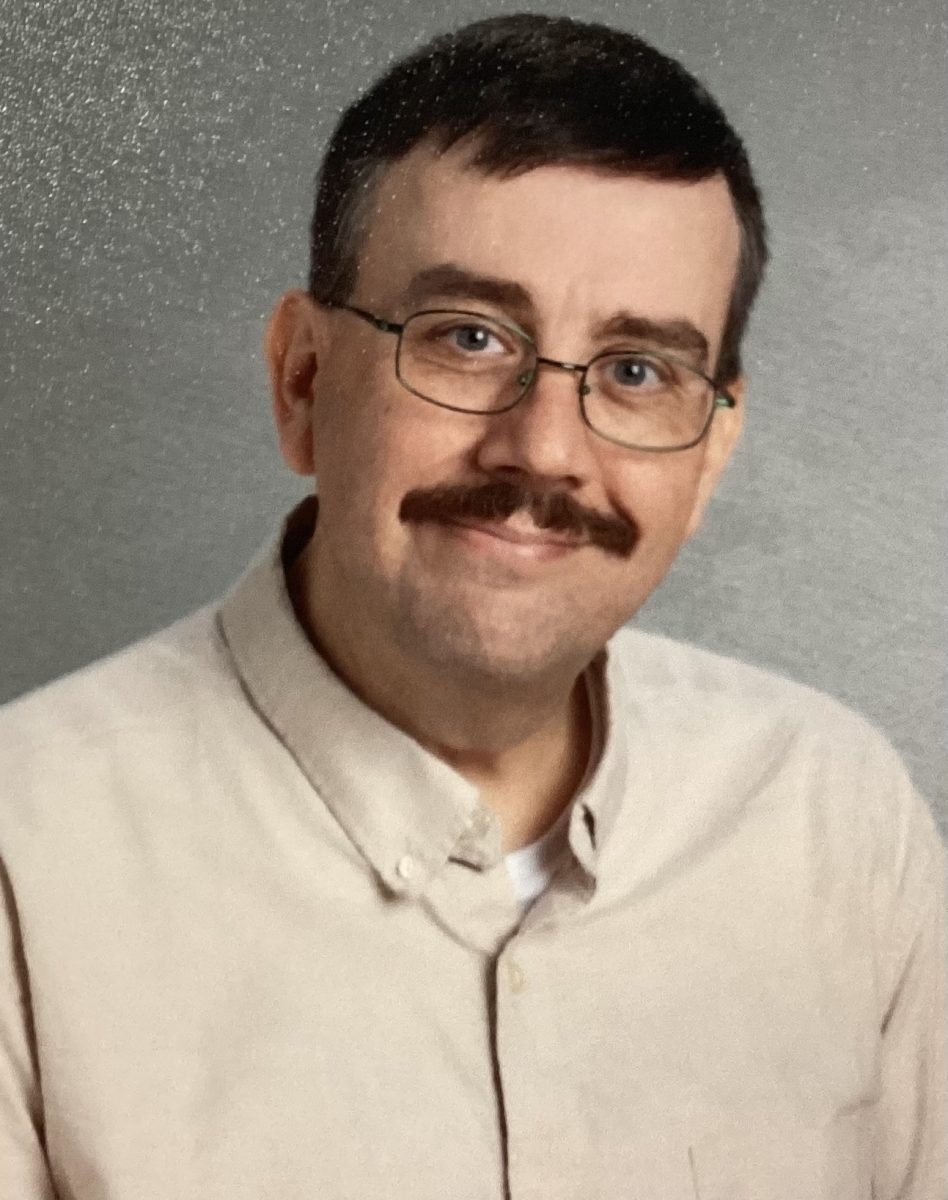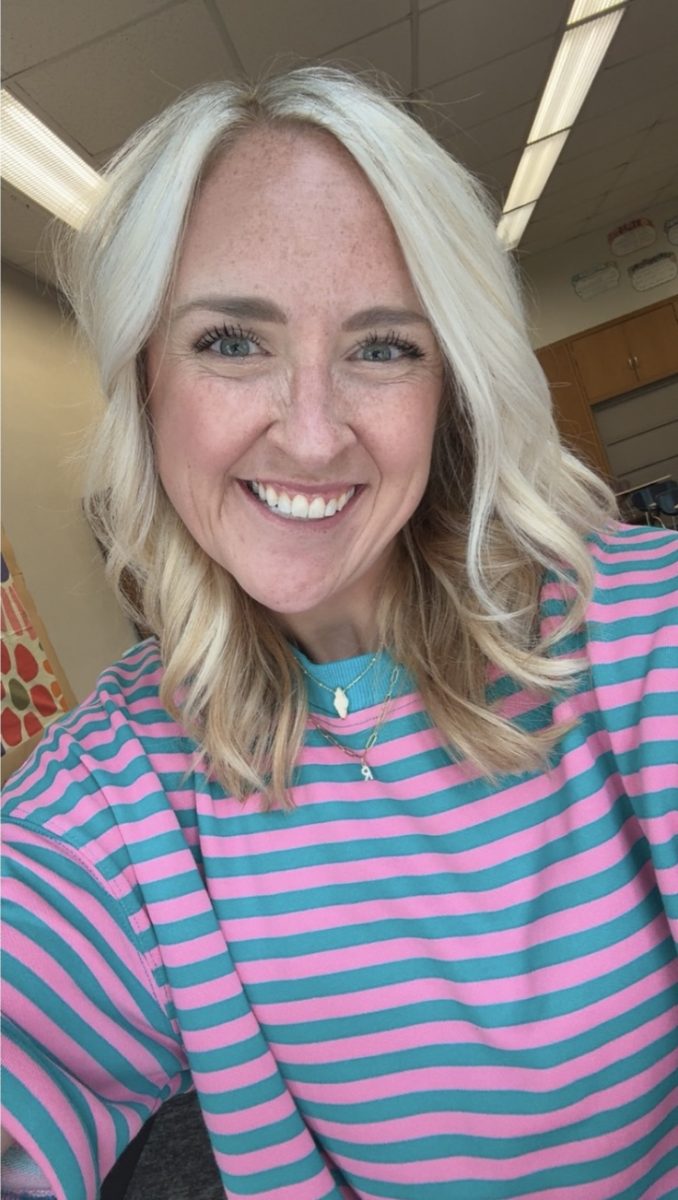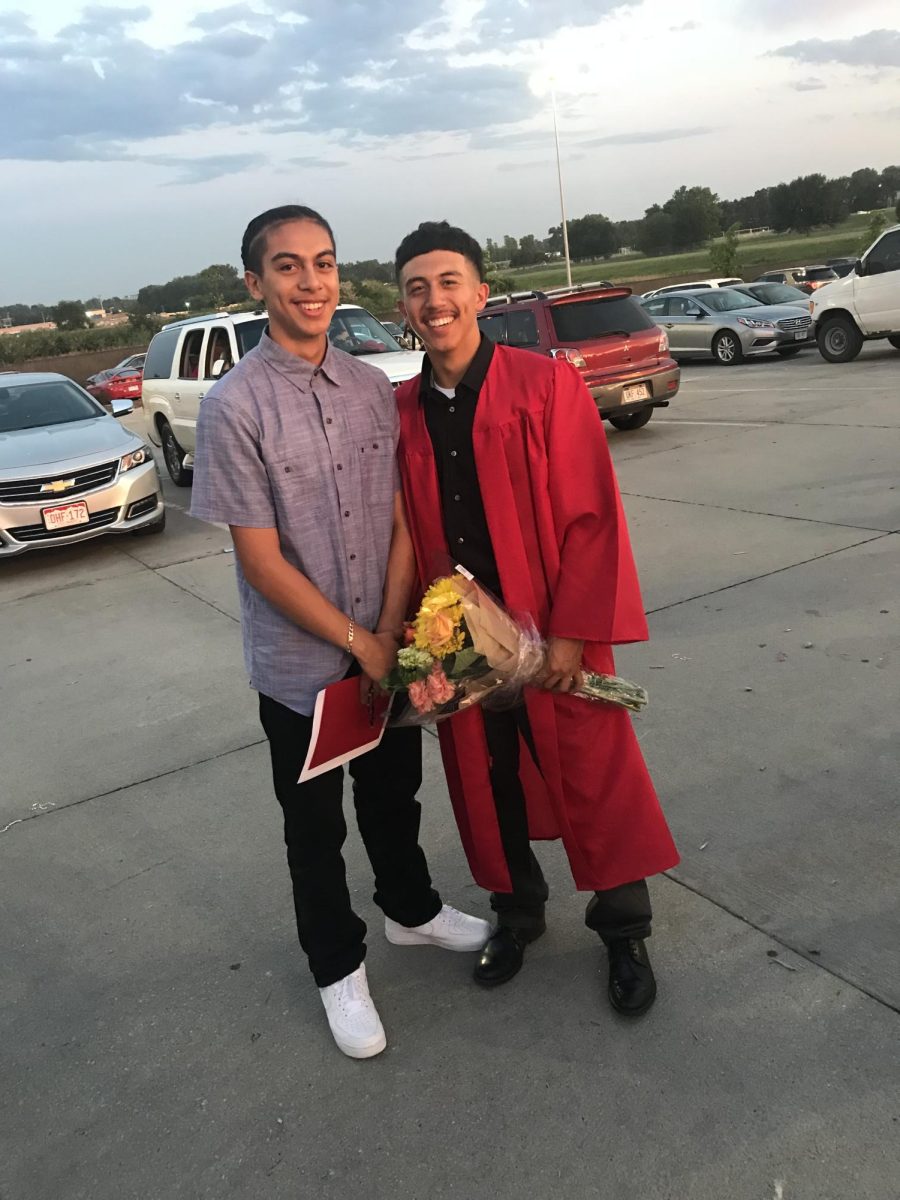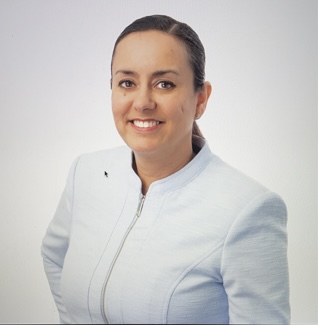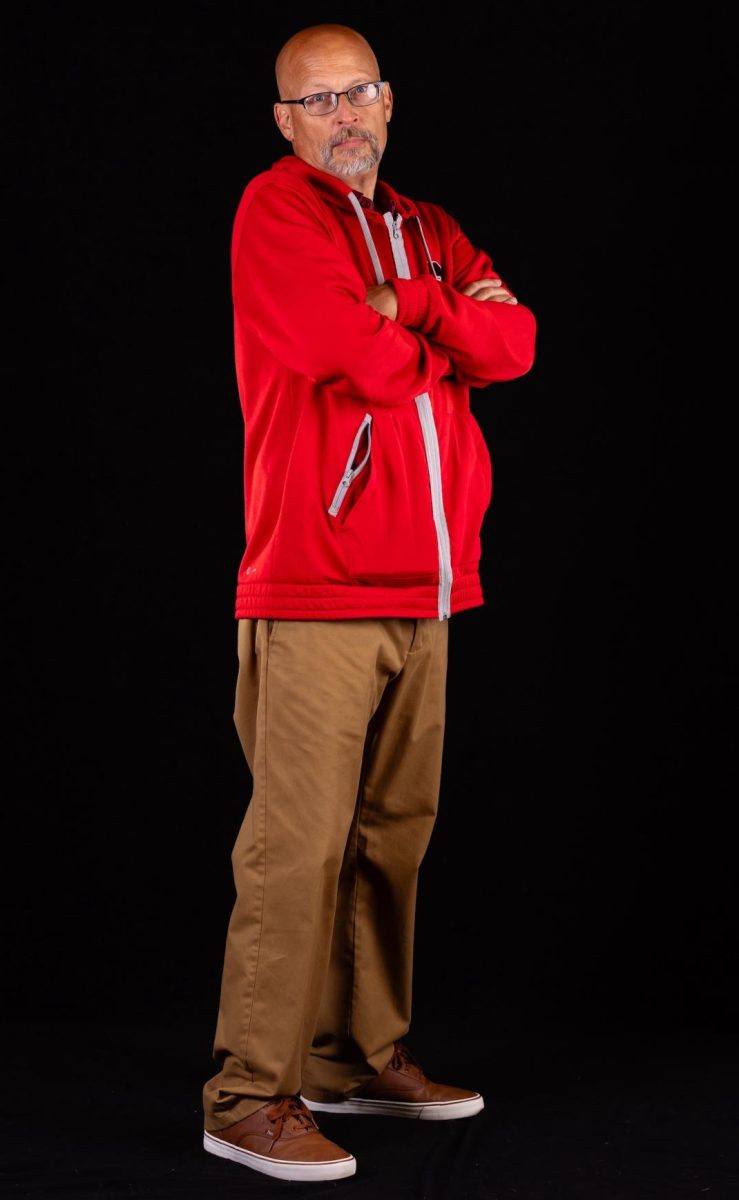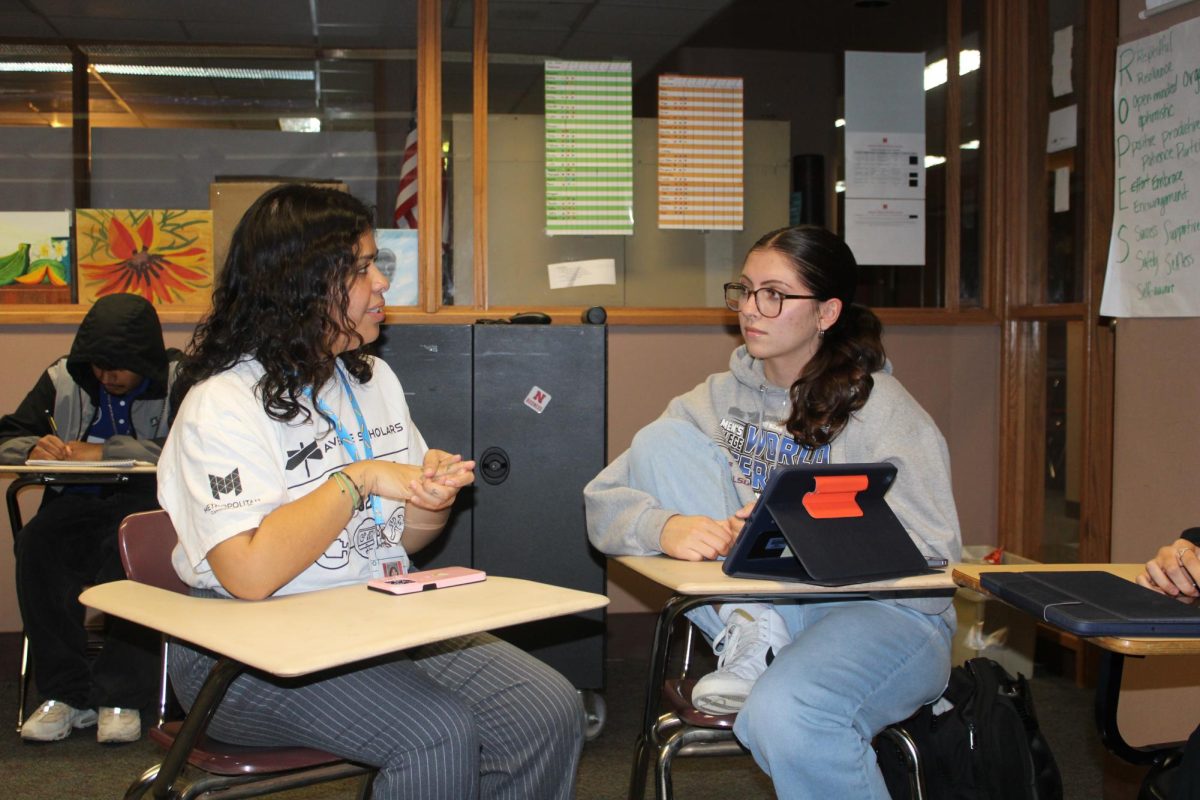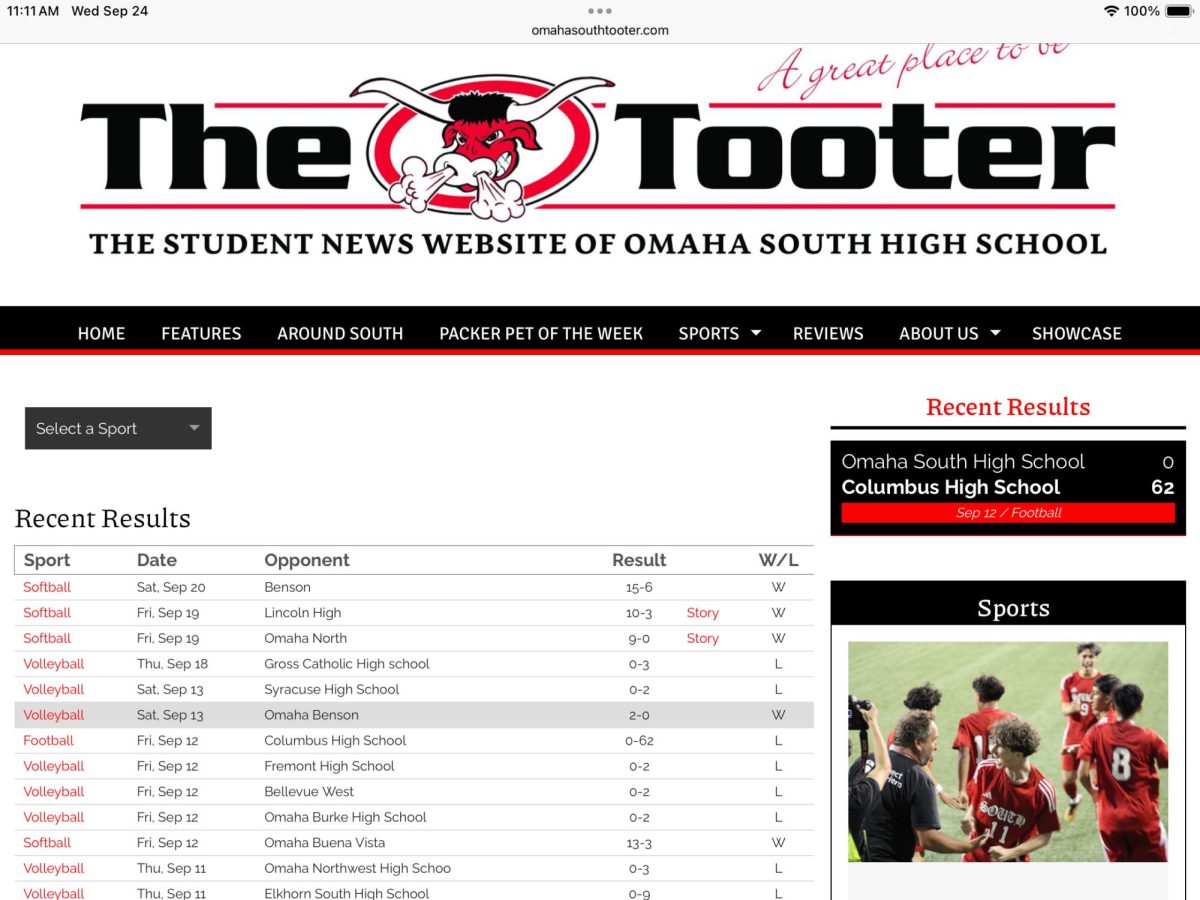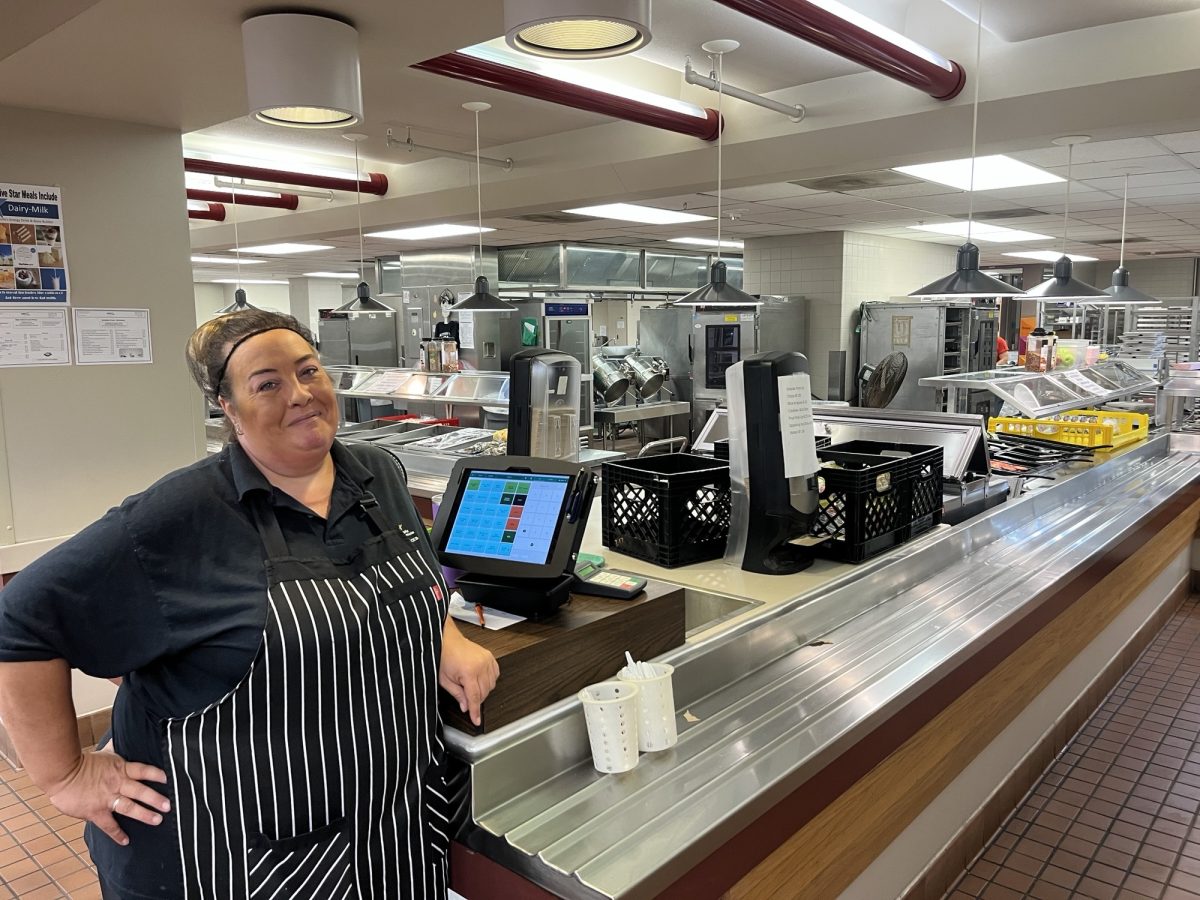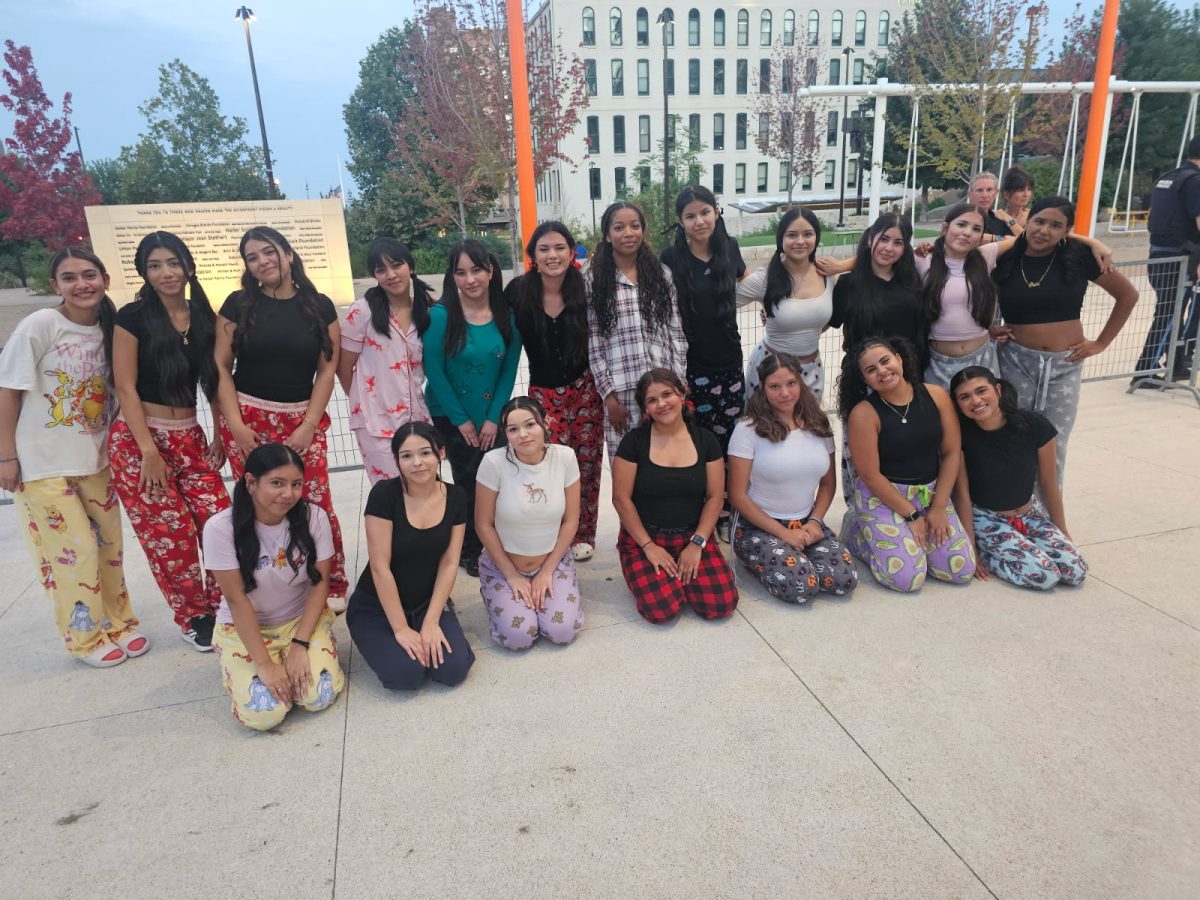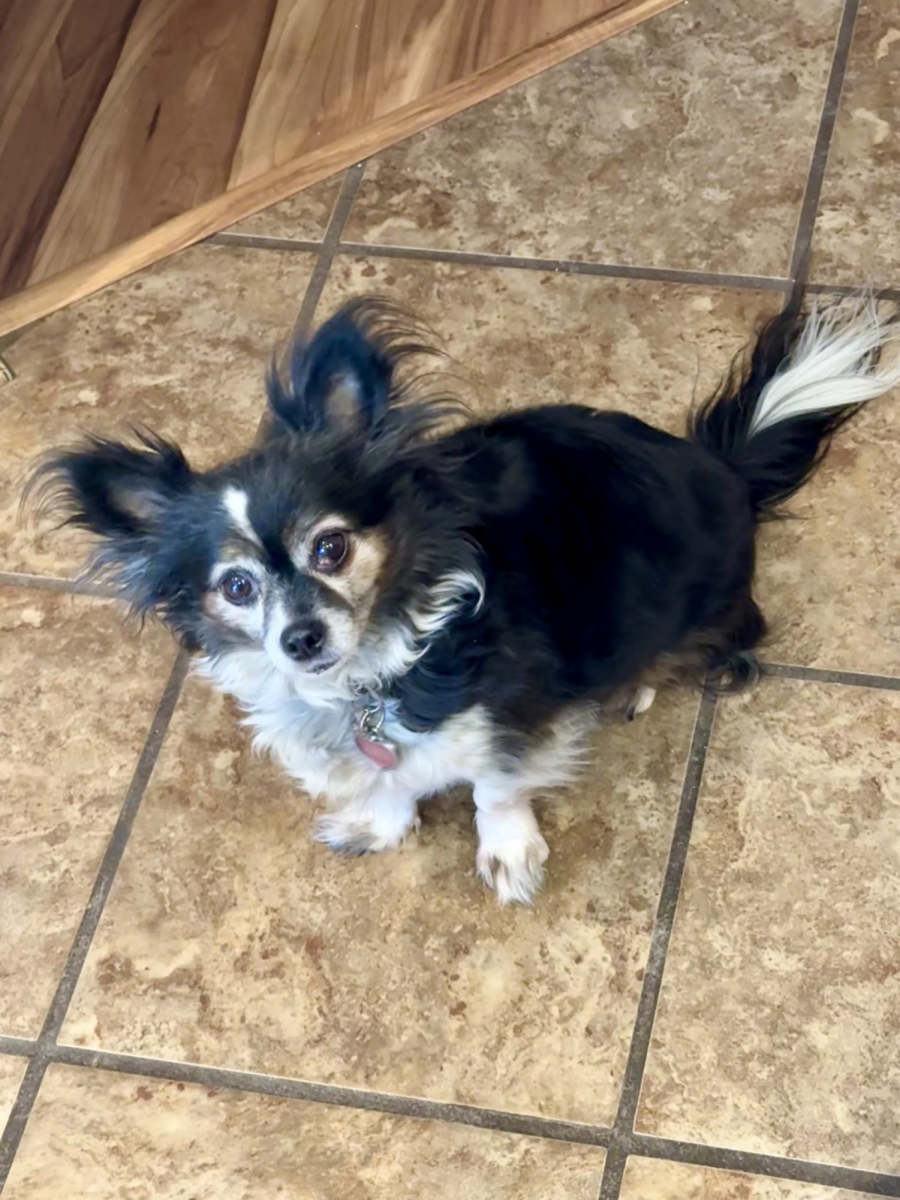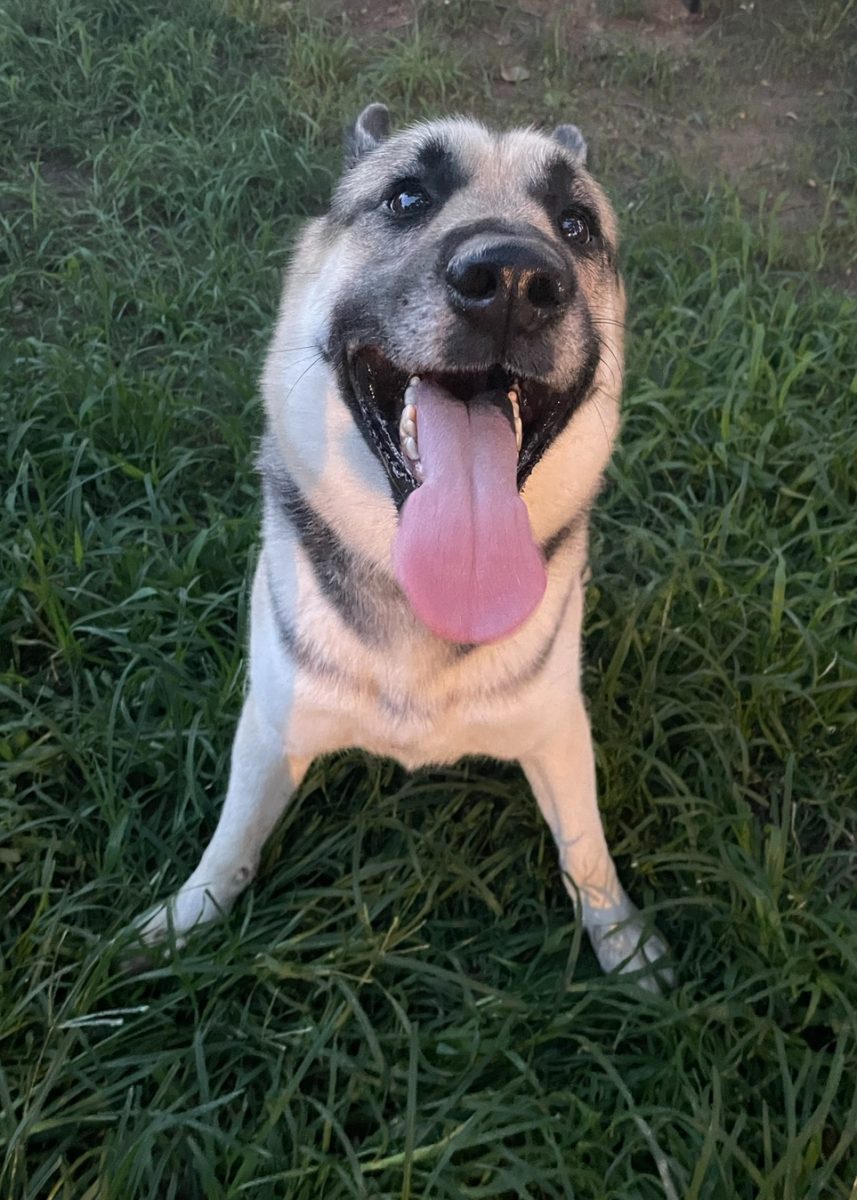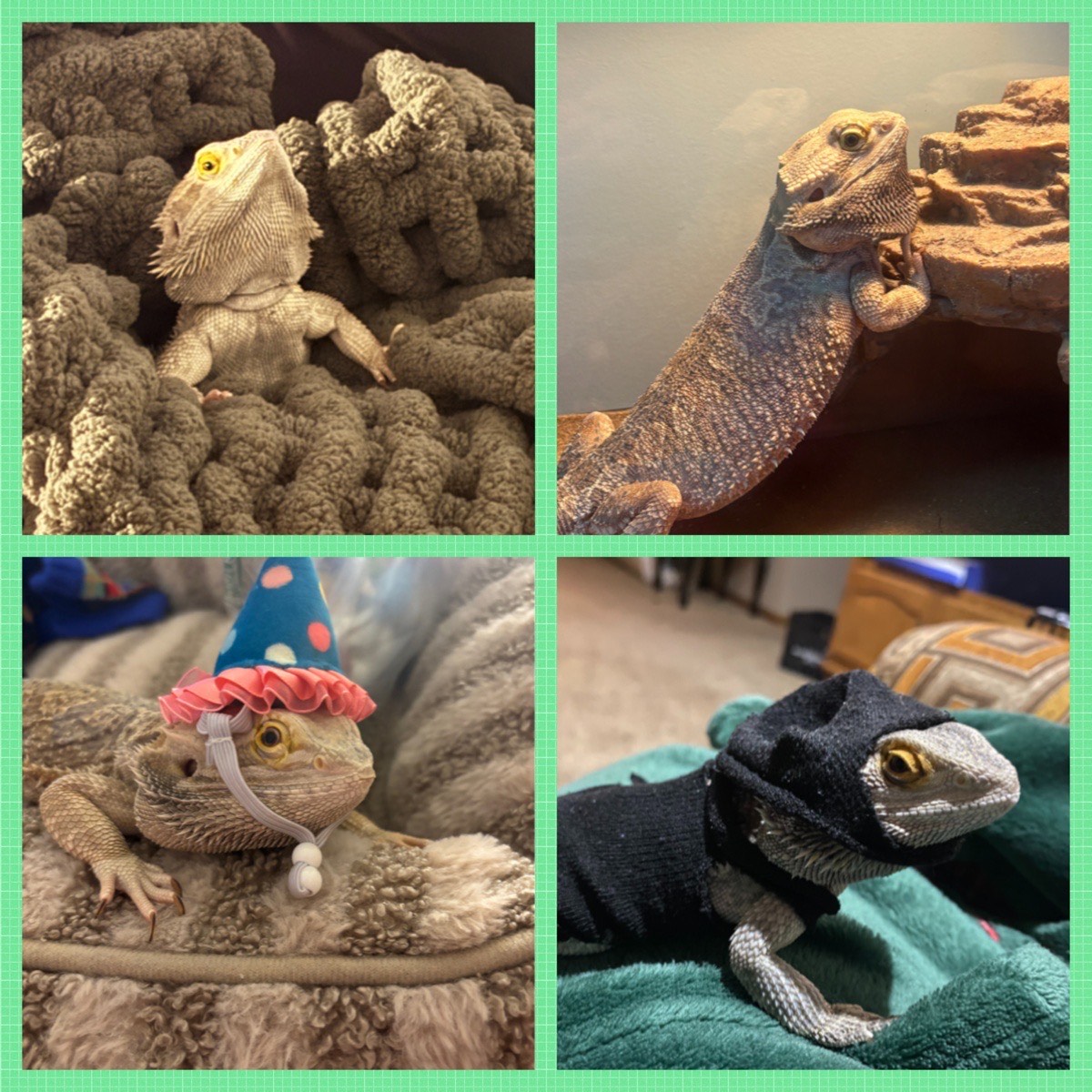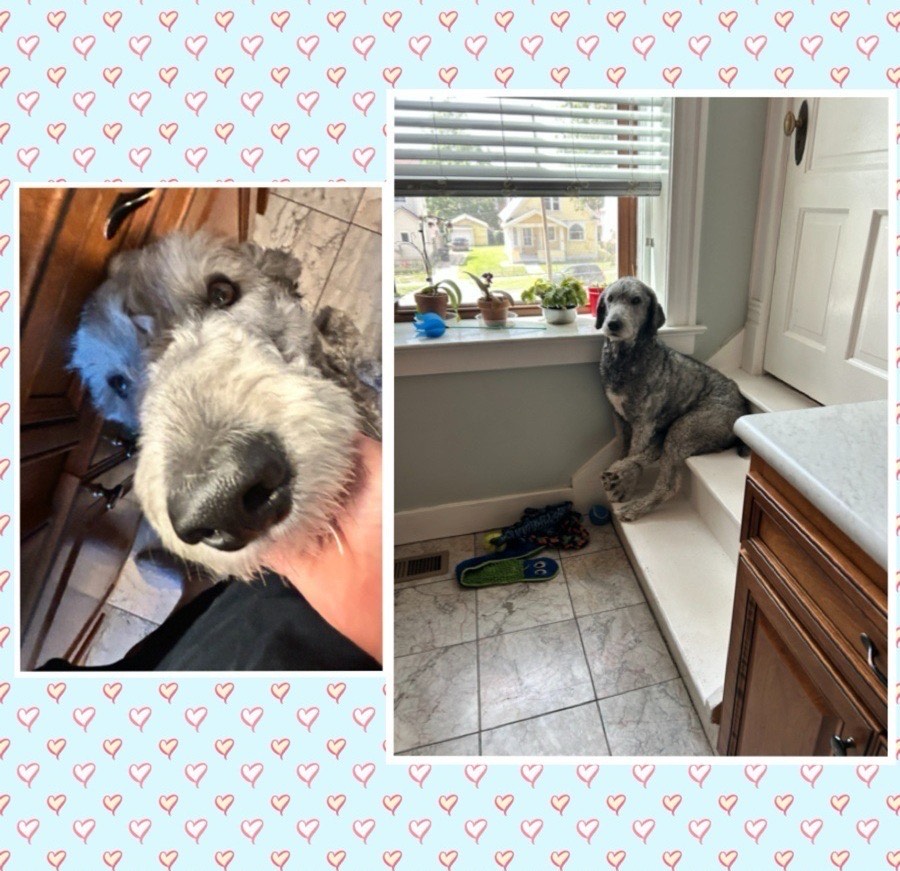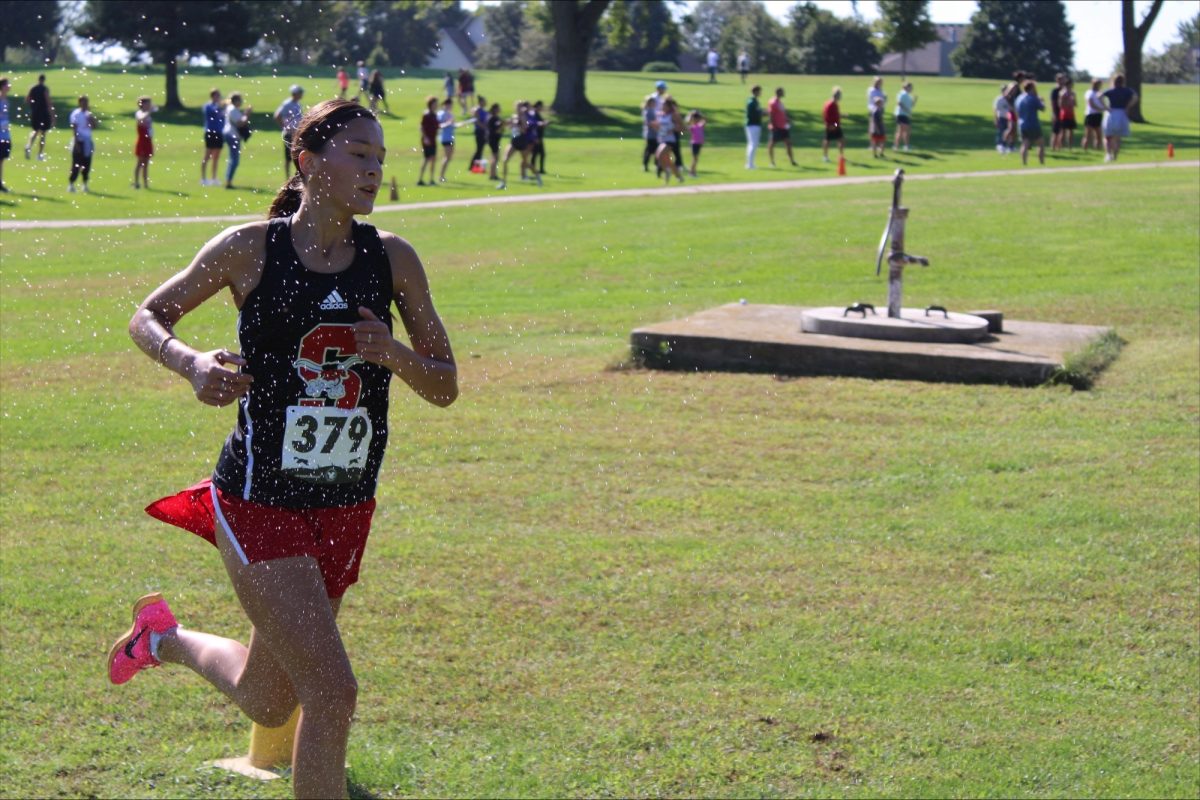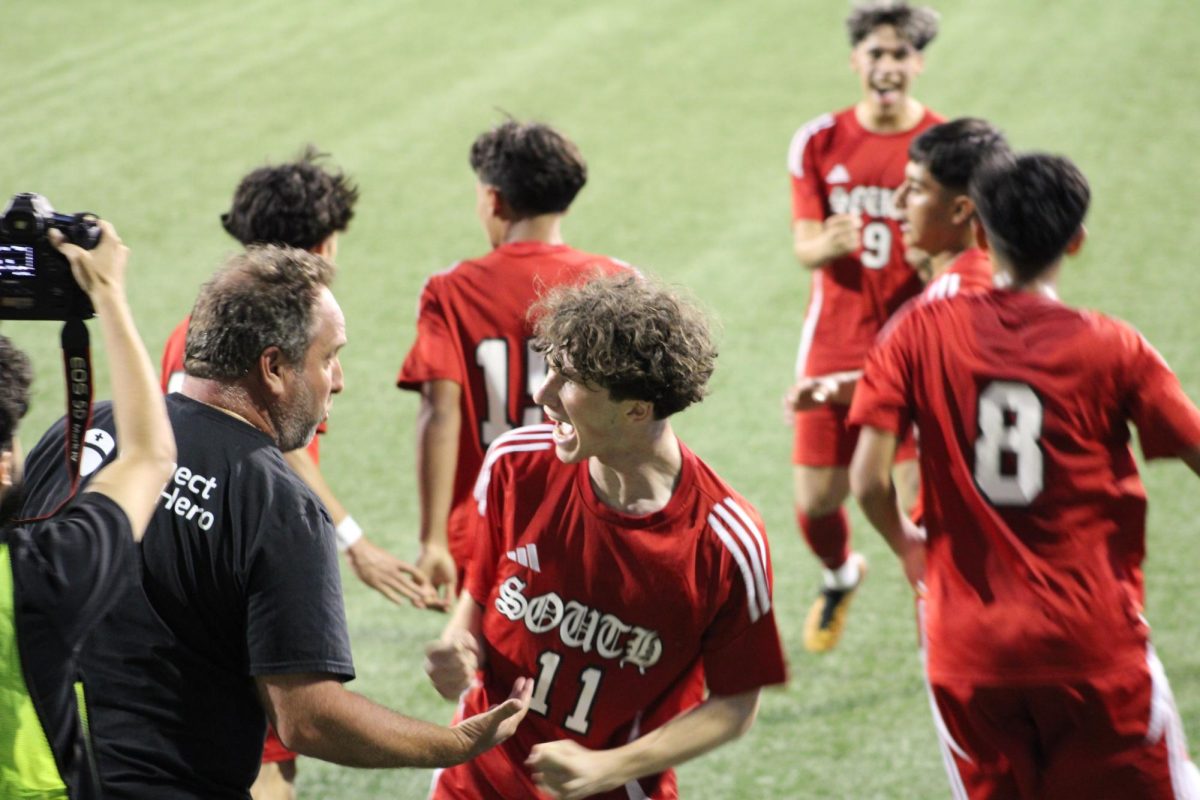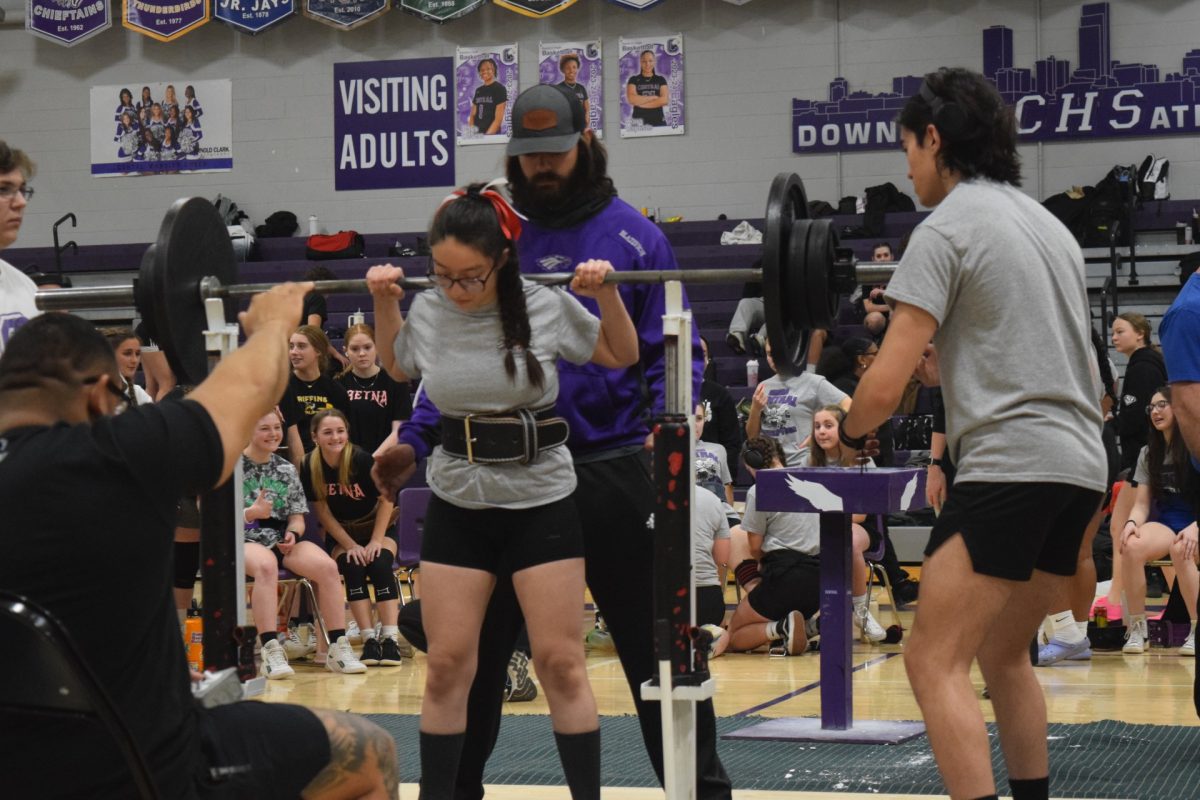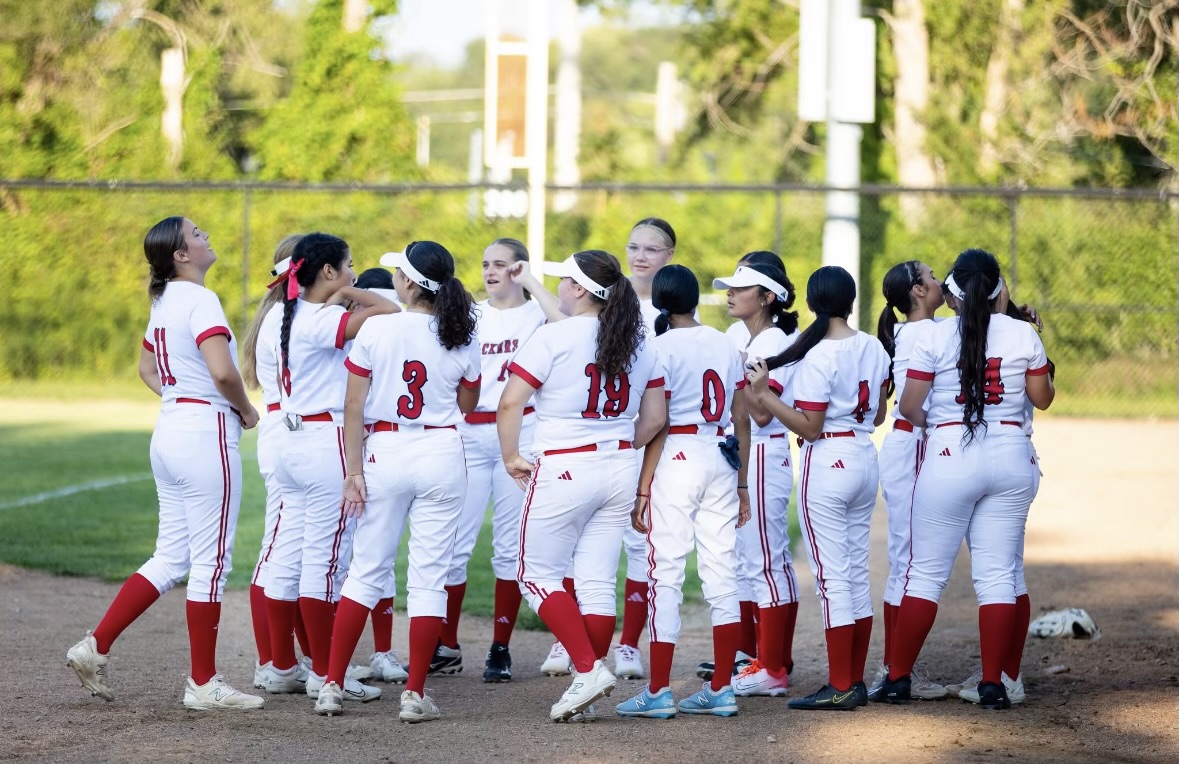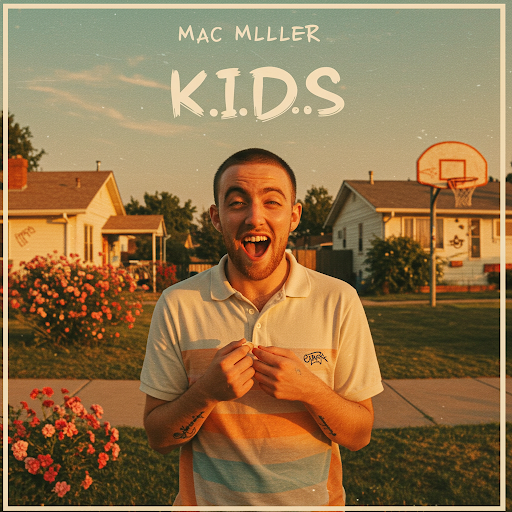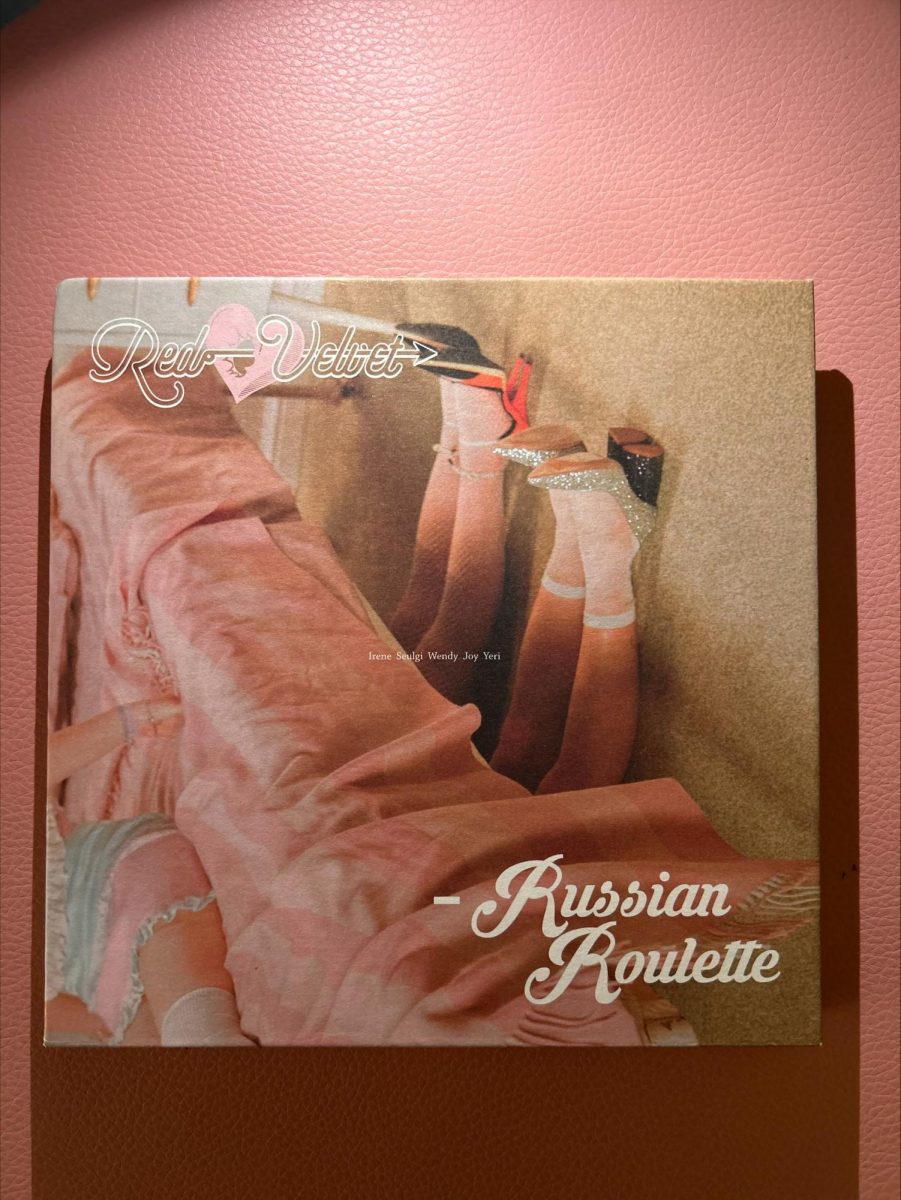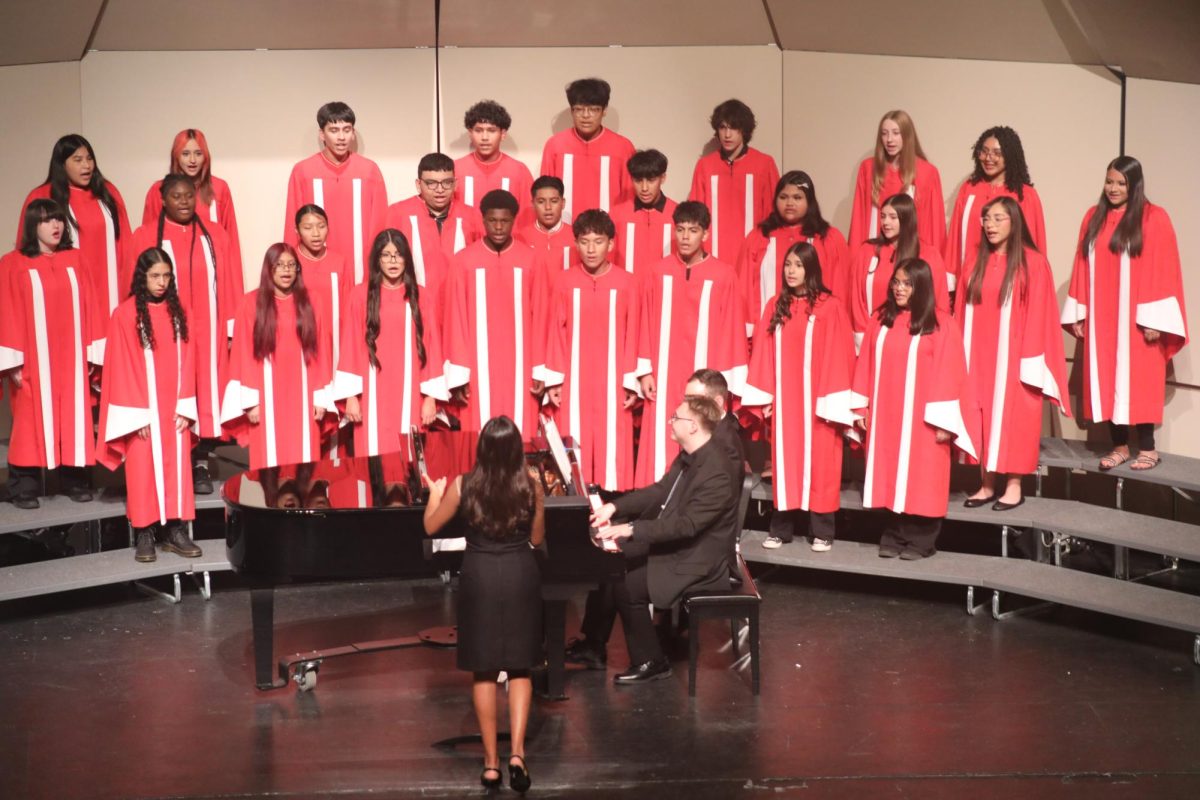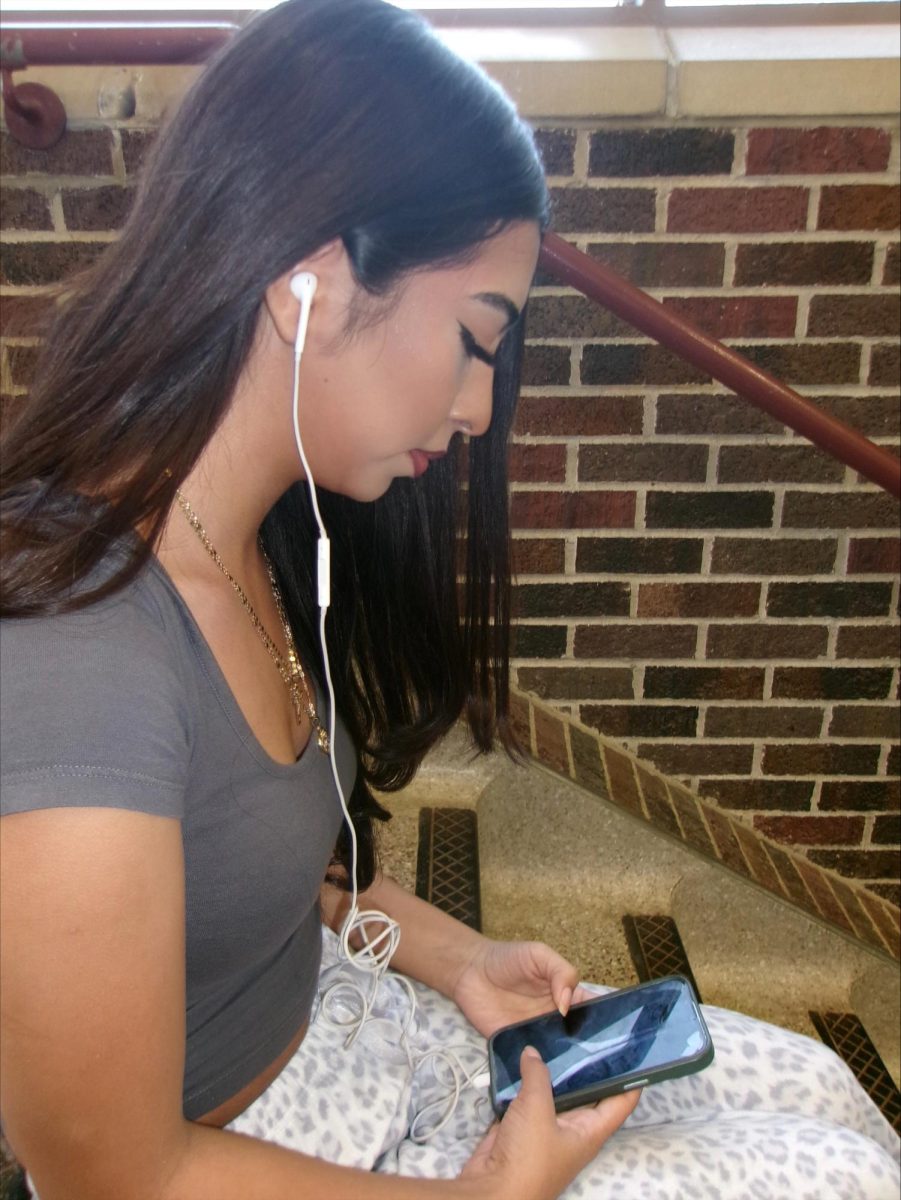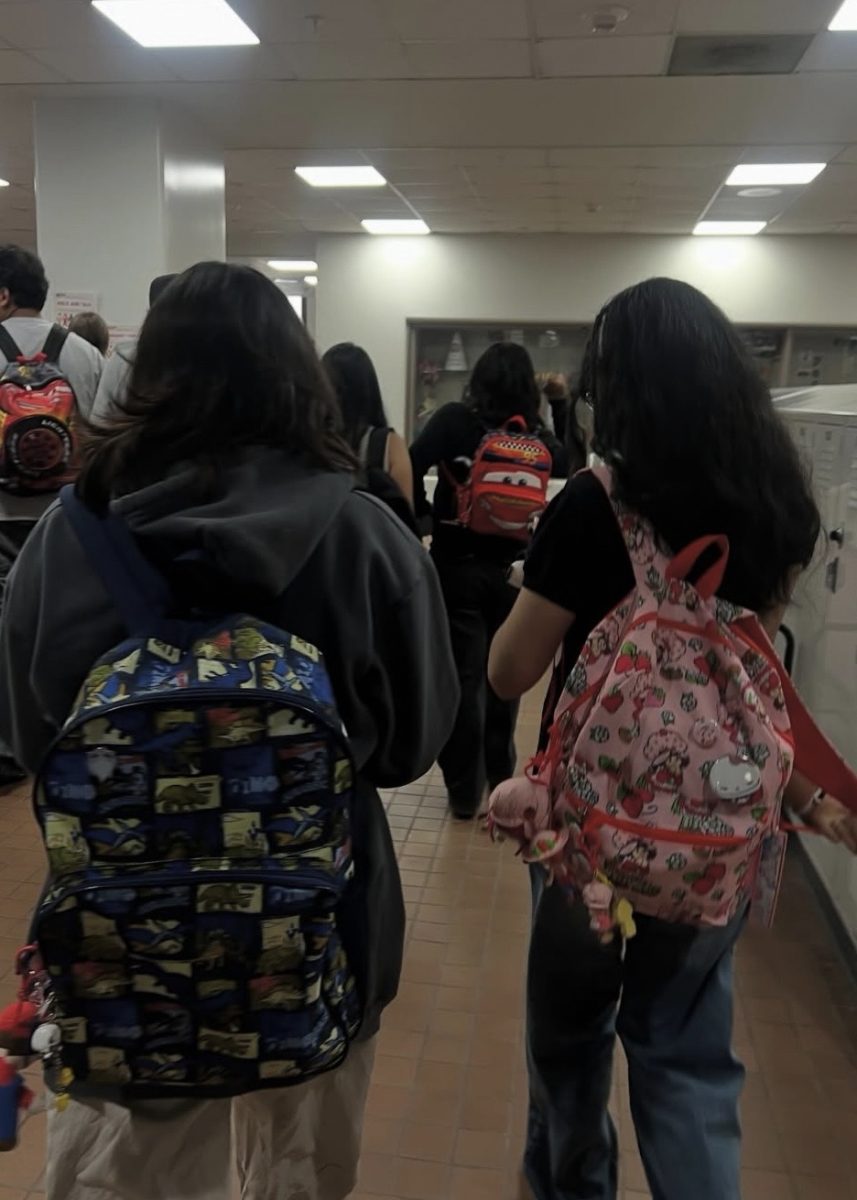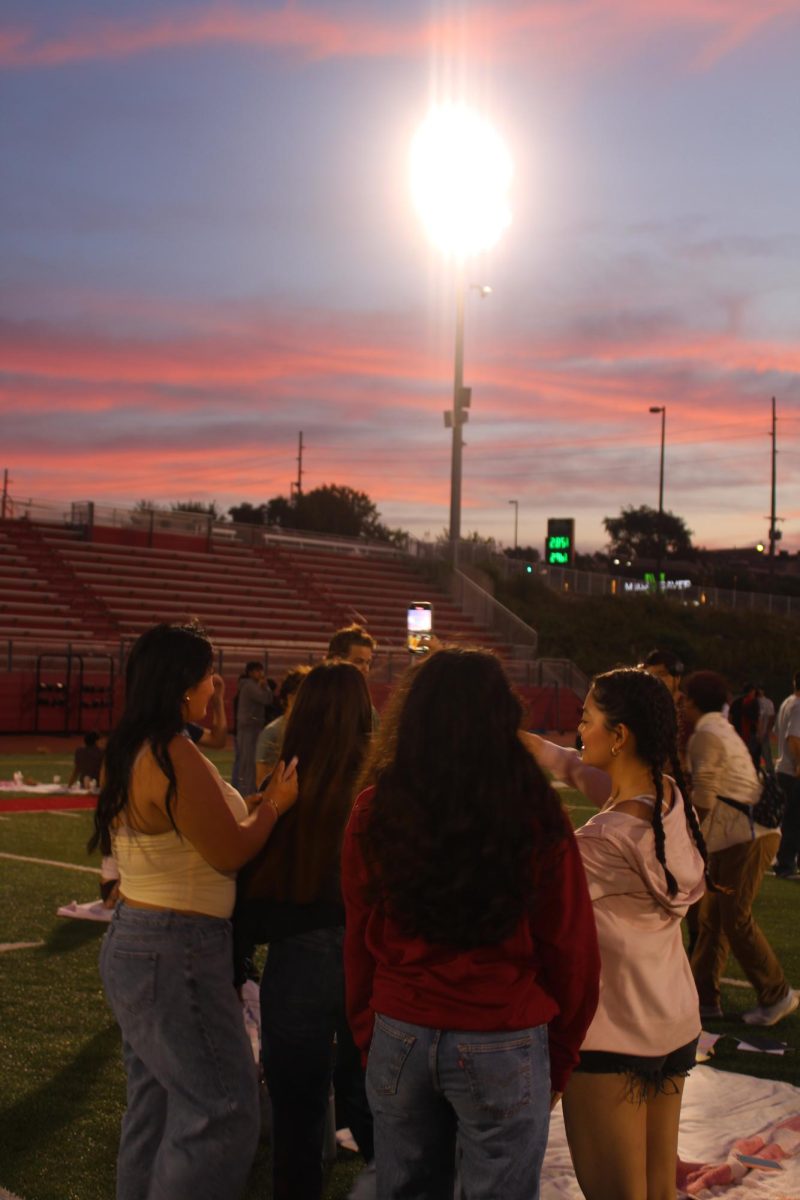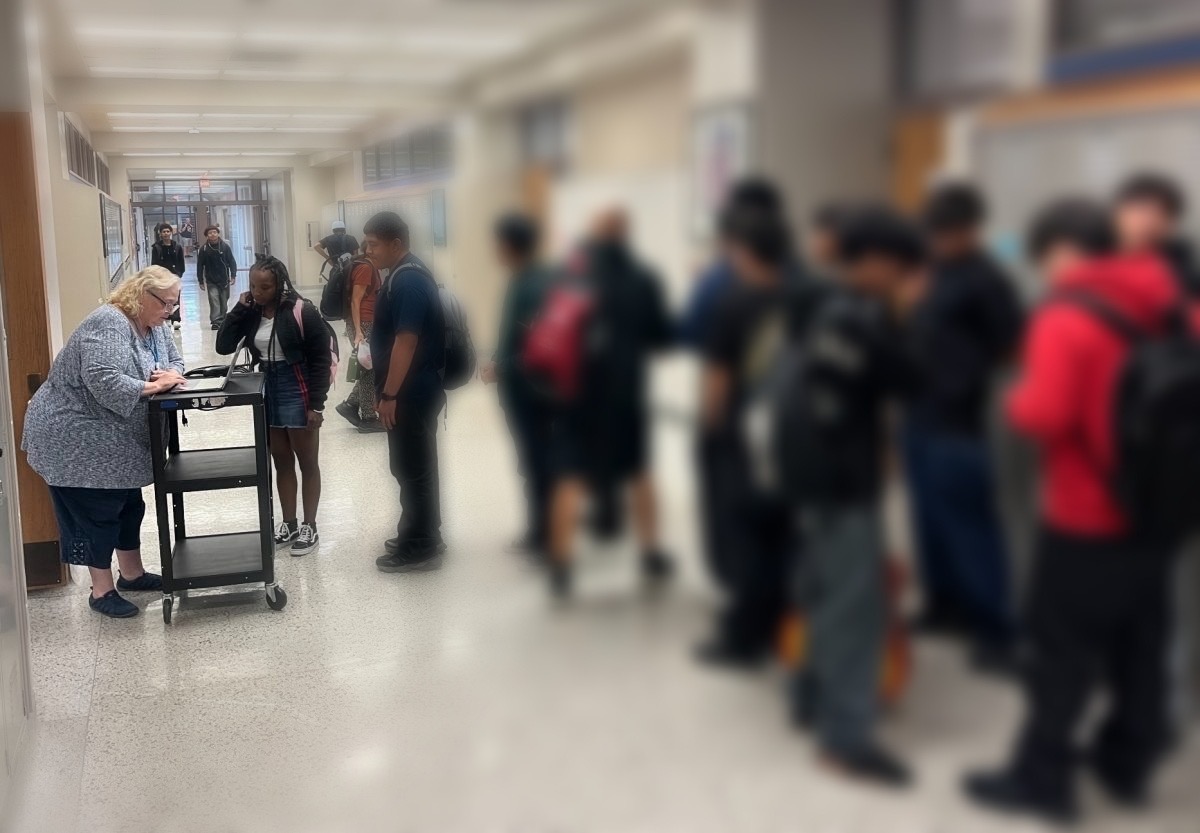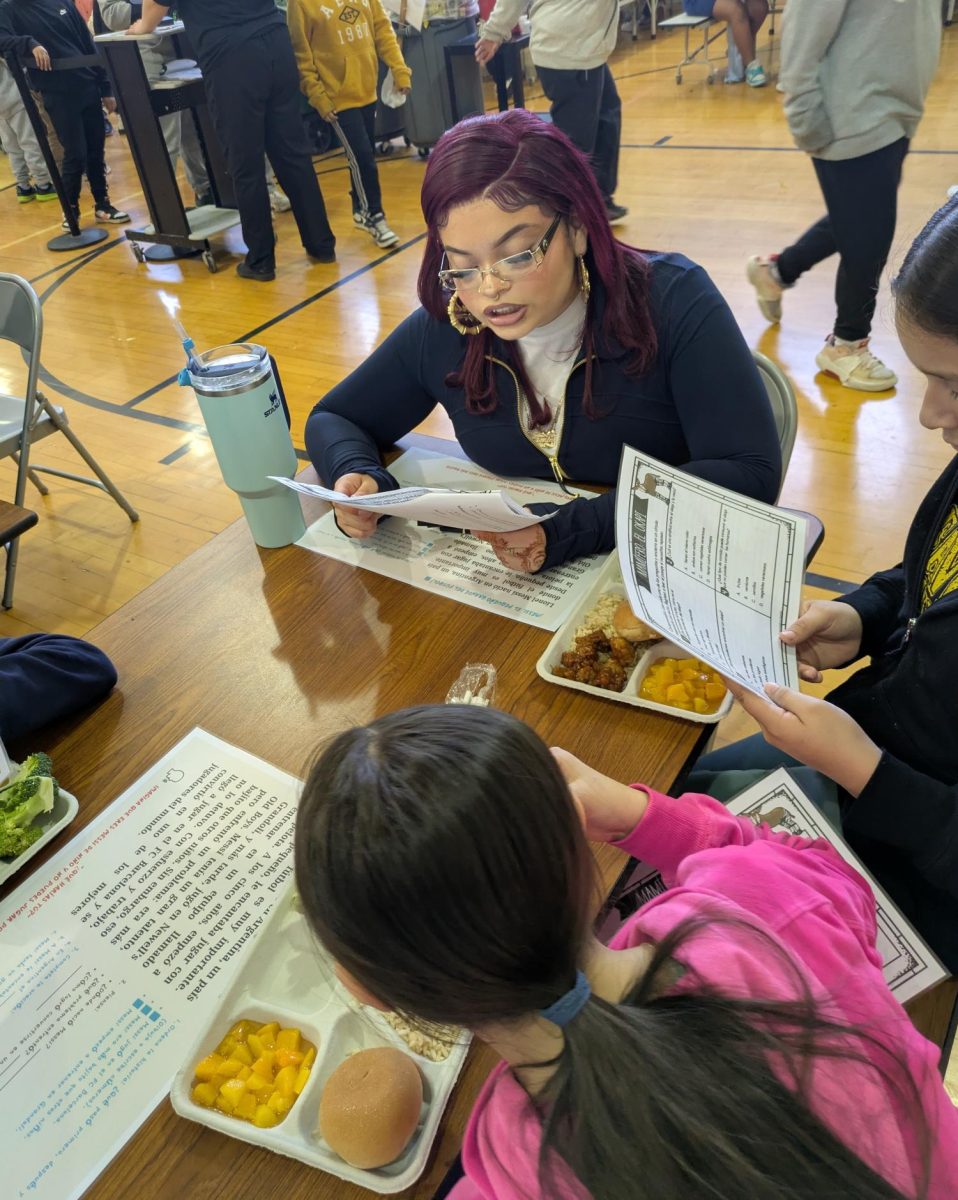The Dual Language program in OPS is a program in which students can receive instruction in two languages. At Omaha South, those languages are Spanish and English. Most students begin the program in kindergarten. The program was introduced in OPS in 2000 and in 2001 began at South with a small number of students. In the fall of 2025, South will celebrate its 25th Dual Language anniversary. Currently there are 797 students enrolled in the program.
Susan Lara, curriculum specialist and world language/Dual Language department chair, and Spanish teacher and Dual Language Community Service Initiative coordinator Aida Lamelas shared how the program has grown and impacted South High.
What is the purpose of this program?
Lara: The purpose of the program is to promote bilingualism and biliteracy. Dual programs were created to support English language learners and bilingual learners while allowing a space for English-dominant speakers to learn a second language.
Lamelas: The primary goals are to develop students’ proficiency in both English and Spanish, promote high academic achievement and cultivate positive cross-cultural attitudes and behaviors.
What do the students in the program do?
Lara: Students in the program must take four years of Spanish. They also must take content classes in Spanish; there is a course plan DL students follow.
Lamelas: Students participate in a curriculum that integrates both English and Spanish across academic subjects. They engage in collaborative projects, cultural events and complete at least 10 hours of community service all designed to reinforce their bilingual skills and cultural awareness. Upon graduation, they receive a special bilingual stole that recognizes their achievement in both languages. Additionally, they have the opportunity to earn the Seal of Biliteracy, a nationally recognized distinction that certifies their proficiency in English and Spanish.
What is the purpose of the students doing community service?
Lara: The purpose of community service is to give students authentic experiences where they can use their bilingual abilities. It helps students build empathy for others and helps build the student’s resume.
Lamelas: It helps students to apply their bilingual abilities in real-world contexts, foster civic responsibilities and strengthen community ties. It also enhances their understanding of diverse cultures and societal needs. It gives students the opportunity to gain meaningful experiences that help them explore career paths and discover their passions.
How has this program impacted Omaha South High School?
Lara: DL students tend to have better academics, have a greater sense of cultural awareness and best of all, are bilingual and biliterate; they can comprehend what they read and write in two languages. South High is a handful of secondary schools that has a complete DL program. I would say, we have one of the most complete programs in the country because we offer Spanish or bilingual classes in every content area: math, science, social studies and music.
Lamelas: It has enriched the school community by promoting cultural diversity, bilingual pride and inclusion. Students in the program consistently demonstrate a higher percentage of being on track in their classes compared to their peers. It also fosters good academic engagement, leadership development and school involvement. In addition, student-led groups such as Latino Leaders and the Dual Language Community Initiative collaborate with other schools and community organizations to promote service, cultural awareness and civic engagement.
What was the inspiration for the program to be started?
Lara: In 1999, a group of teachers met after attending a conference. The number of bilingual students was growing in South Omaha, and with the support of leaders like Adriana Vargas, Irma Franco, Marsha Urban and Susan Mayberger, the program started in 2000 with the first kindergarten and first grade classes.
Lamelas: It was designed to meet the linguistic and cultural needs of this community while promoting academic success.

